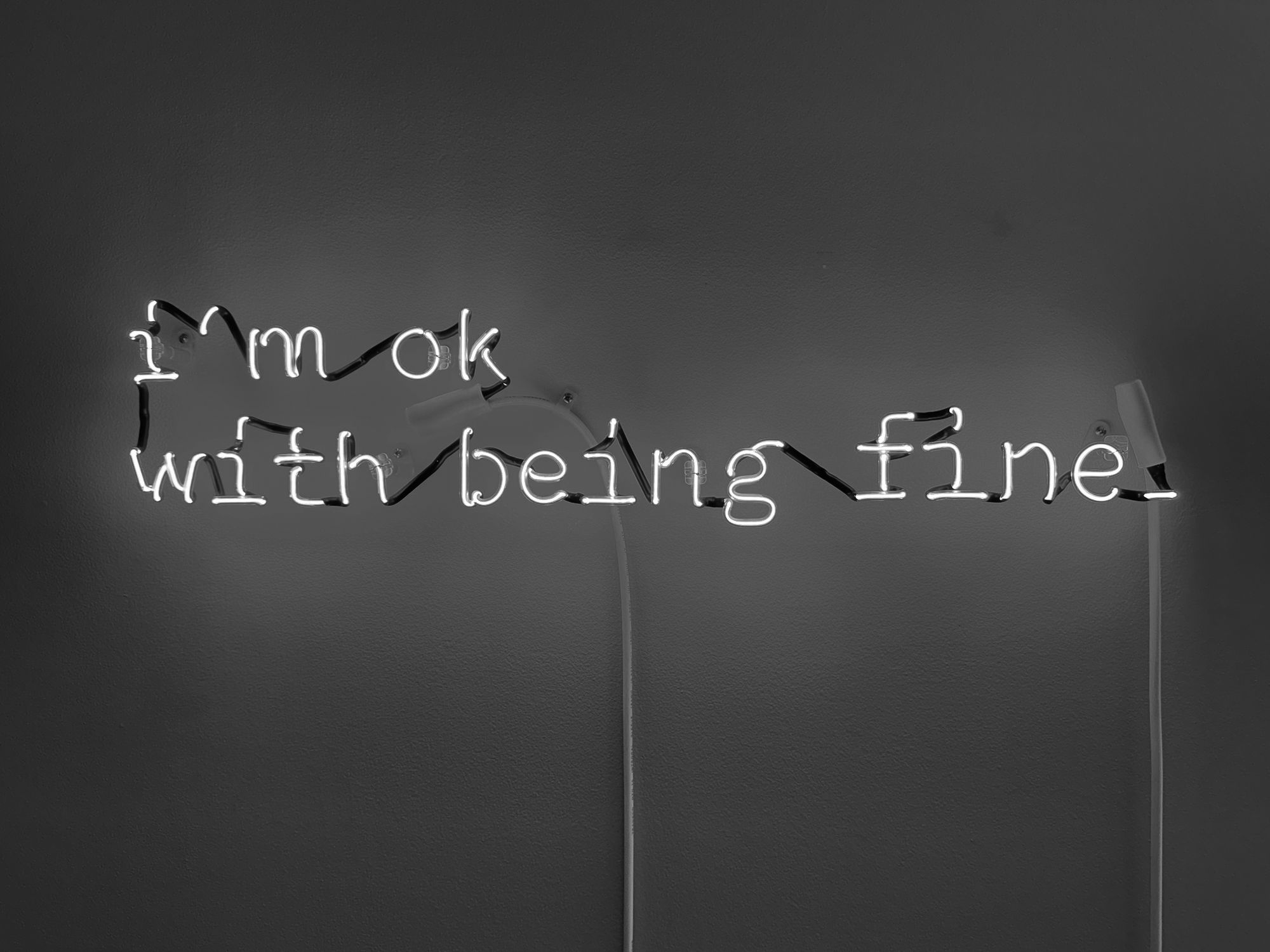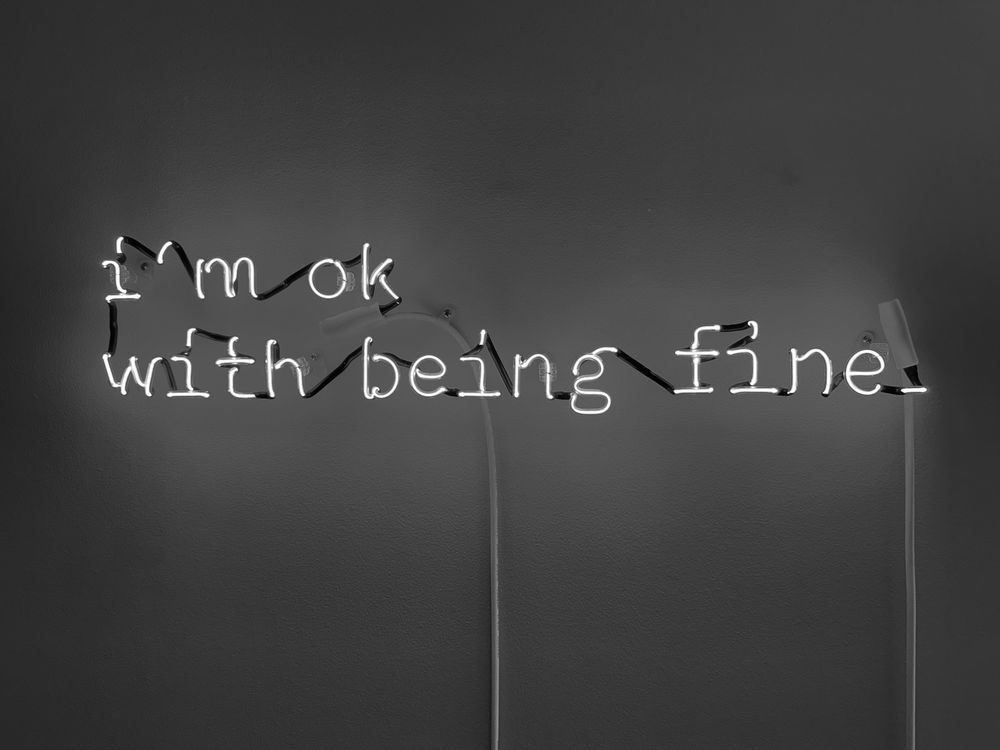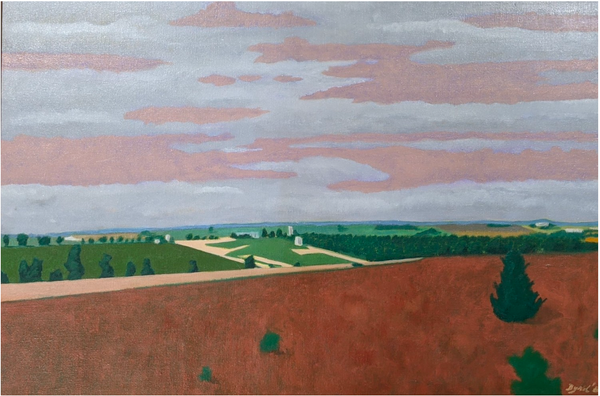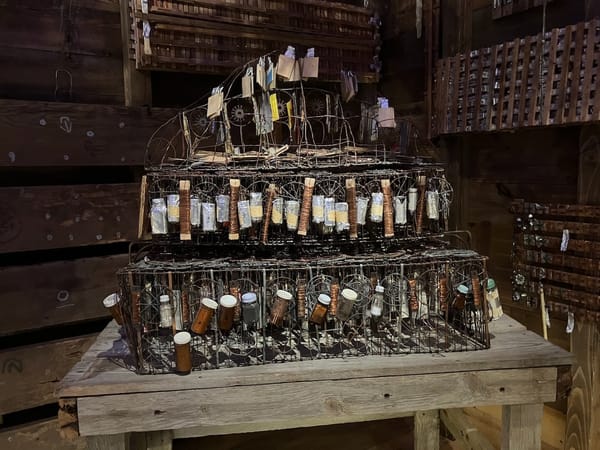Exhibition Review: Lifshutz' Language of Light
by Cristian Andersson
From the 1920s to the 1950s, neon blazed through our cities with flashy marquees and advertising signage. From the Las Vegas Strip to the neighborhood Howard Johnson’s, brightly lit tubes of gas led the charge of glamorous consumerism. Then, after a falling out of fashion, neon lit up again—the small screen screen this time and for a different Johnson, Don, as shows like Miami Vice led a renaissance of vivid colors and New Wave cool. But as safety concerns with fabrication, fragility, and cost led to cheaper alternative to the glory of neon, the LED now reigns supreme, the neon sign was left to nostalgia.
But the same process that made these luminous gas-discharge tubes an onerous task to work with, artists who love the mixture of craft and science have taken to neon (and other noble gases to produce a desired color) as an exciting medium to work with. Brooklyn artist Stephanie Sara Lifshutz is one of creatives, and has a half dozen of her works on display in a small gallery room inside of the Bergstrom-Mahler Museum of Glass, in Neenah, Wisconsin.
Lifshutz has bent the tubing for these works to match her handwriting, capturing short sentiments. The words she works with have a mournful resignation to them—one reads “i’m ok with being fine.”, while “I wept, thankful for the future we never had.” is found on another wall. Whereas the past neon signs of big cities would be extravagant advertisements, Lifshutz presents us with soft whispers—fitting as the phrases are pulled from her own personal journaling. “Those nights brought me the greatest comfort then as the memories do now.” These reflections fit well within the small gallery (I’d argue that an even smaller space would be ideal) because of their intimate nature. There are hints of loss. A personal narrative that we are eavesdropping on.
But is that the true intention of the work? Yes, there is mystery to Lifshutz’ phrases, but they are also blazing in shades of neon and argon. And that is the paradox—they are delicate phrases delivered to us in a medium that has an inherent notion to it: that of a sign. Many artists are generous with being vulnerable in their work, and Lifshutz is no different. However, unlike a more “conventional” method of delivery, the medium that this exhibition uses calls for us to pay attention–as any good sign does. It also calls for us to want to know more—as most art should. Thankfully, the artist has given us another clue into her meaning through the choice of titling. I was pleasantly surprised to find that the titles of the work were not just a repeat of the words on the wall. Instead, they give extra context. Lifshutz explains that the titles could be words preceding or following the text that she transcribed from her journal in argon. “I’ve earned these bags under my eyes,” glow in the piece titled And I wear them with pride. Work titled I can’t wipe my eyes right now;, reads “there’s no point in crying” on the wall.
I would not be surprised to find out that many people who take in this exhibition are perplexed and wondering where the art is. It is just words on the wall, delivered through a medium that is more well associated with Howard and/or Don Johnson, right? Wouldn’t it be better to paint a picture or fashion a sculpture to make a connection between the artist and the observer? Wouldn’t it be more authentic? I would argue no. Going back to the piece that reads: “I wept, thankful for the future we never had.” titled Numb for too long,. The directness of the work as text makes it extraordinarily impactful. There is no presented imagery that we have to muddle through to understand the intention. And the beauty of not being presented imagery offers us a unique opportunity to internalize the message. We are not seeing a photograph of someone who wept, influencing how to approach the piece, but instead can freely think of a time when we were in that position. The work is finished in our mind. Through the directness of the medium, the command of the neon sign, we can cut right to gift that Lifshutz is giving us, a moment to remember that “i’m ok with being fine.”
Read a conversation between Stephanie Sara Lifshutz and Cristian Andersson
Stephanie Sara Lifshutz' webpage
Language of Light: Stephanie Sara Lifshutz
April 26th–October 13th, 2024
Bergstrom-Mahler Museum of Glass
165 N. Park Ave., Neenah, Wisconsin





